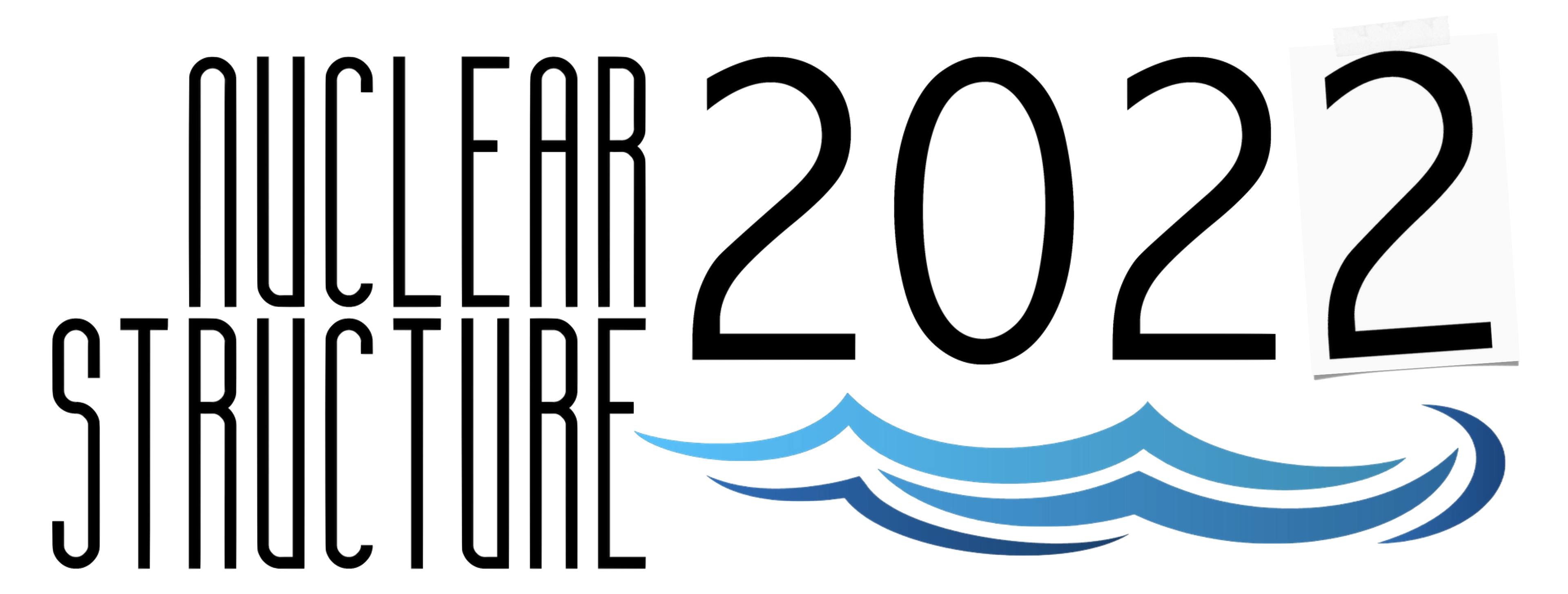Speaker
Description
The use of high resolution optical measurements of the atomic structure is at the forefront of modern subatomic physics. Laser spectroscopy provides model-independent nuclear data of nuclear spins, moments and charge radii across long chains of isotopes~\cite{Campbell}. This allows the study of the evolution of nuclear observables versus particle number to probe shape deformation, configuration mixing and structural evolution effects.
The collinear laser spectroscopy setup~\cite{de Groote} at the IGISOL facility~\cite{Moore2013} in the Accelerator Laboratory of the University of Jyväskylä, has been used to perform measurements on palladium isotopes (Z=46) in the mass range A=98-118. Thanks to the chemically insensitive IGISOL ion-guide production method~\cite{Moore2014}, it has been possible to reduce the existing gap in optical spectroscopy data below Z=50, created by the refractory character of these elements.
This contribution will present the latest results on laser spectroscopy measurements on the Pd isotopic chain. Special attention will be paid to the magnetic dipole and electric quadrupole moments. The main results of trends in the mean-square charge radii have recently been accepted for publication~\cite{Geldhof}, nevertheless, new complementary results regarding the odd isotopes will be presented. These observables will be compared to state of the art theoretical calculations. Three different models for the interpretation of our data will be confronted, Large Scale Shell Model (LSSM), Fayans Energy Density Functionals (EDF) and Beyond-mean field calculations.
References:
P. Campbell et al. / Progress in Particle and Nuclear Physics 86 (2016) 127–180
R. P. de Groote et al. / Nuclear Instruments and Methods in Physics Research Section B: Beam Interactions with Materials and Atoms 463 (2020): 437-440.
I.D. Moore et al. / Nuclear Instruments and Methods in Physics Research B 317 (2013) 208–213
I.D. Moore et al. / Hyperfine Interactions volume 223, pages 17–62 (2014)
S. Geldhof et al. / Physical Review Letters 128.15 (2022)

